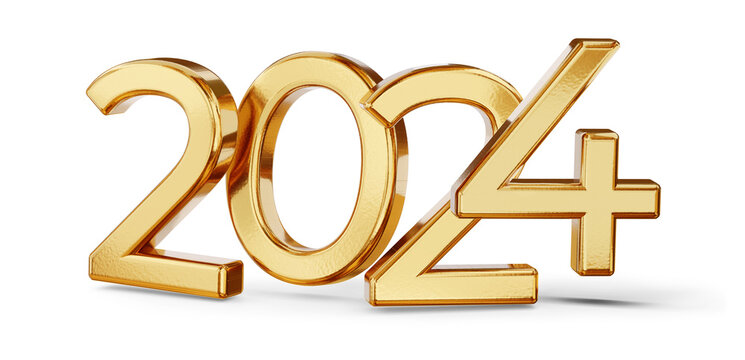How Braces Can Help Bring In Your Impacted Tooth
February 7th, 2024
Braces are the best treatment option for correcting impacted teeth. Impacted teeth occur when a tooth does not erupt properly through the gum line. This can lead to other dental issues- such as crowding, misalignment and even pain.
Braces work by applying constant pressure to the teeth, gradually moving them into the correct position. When it comes to impacted teeth, braces can help in several ways:
1. Alignment: Braces can align impacted teeth by applying gentle pressure over time. This helps guide teeth into the proper position, allowing them to erupt through the gums and align with the rest of the teeth.
2. Space: crowding in the mouth can cause impacted teeth, leading to misaligned teeth. Braces can create space by gradually shifting the impacted tooth, making room for other teeth to align properly.
3. Bite correction: Impacted teeth can also affect the bite, causing issues with chewing and speaking. Braces can help correct the bite by moving the impacted tooth into the correct position, improving overall function.
4. Aesthetic improvement: Braces can also greatly improve the appearance of impacted teeth. By aligning the impacted tooth with the rest of the teeth, braces can enhance the overall smile and boost self-confidence.
It's important to note treatment length for impacted teeth may vary depending on the severity of the impaction as well as individual factors. In some cases, additional dental procedures, such as tooth extraction or surgical exposure, may be necessary before orthodontic treatment can begin.
If you believe that you have impacted teeth, it's best to consult with Dr. Azizi. He will be able to examine and explain your specific situation and recommend the most suitable treatment plan, which most likely will include orthodontics.






